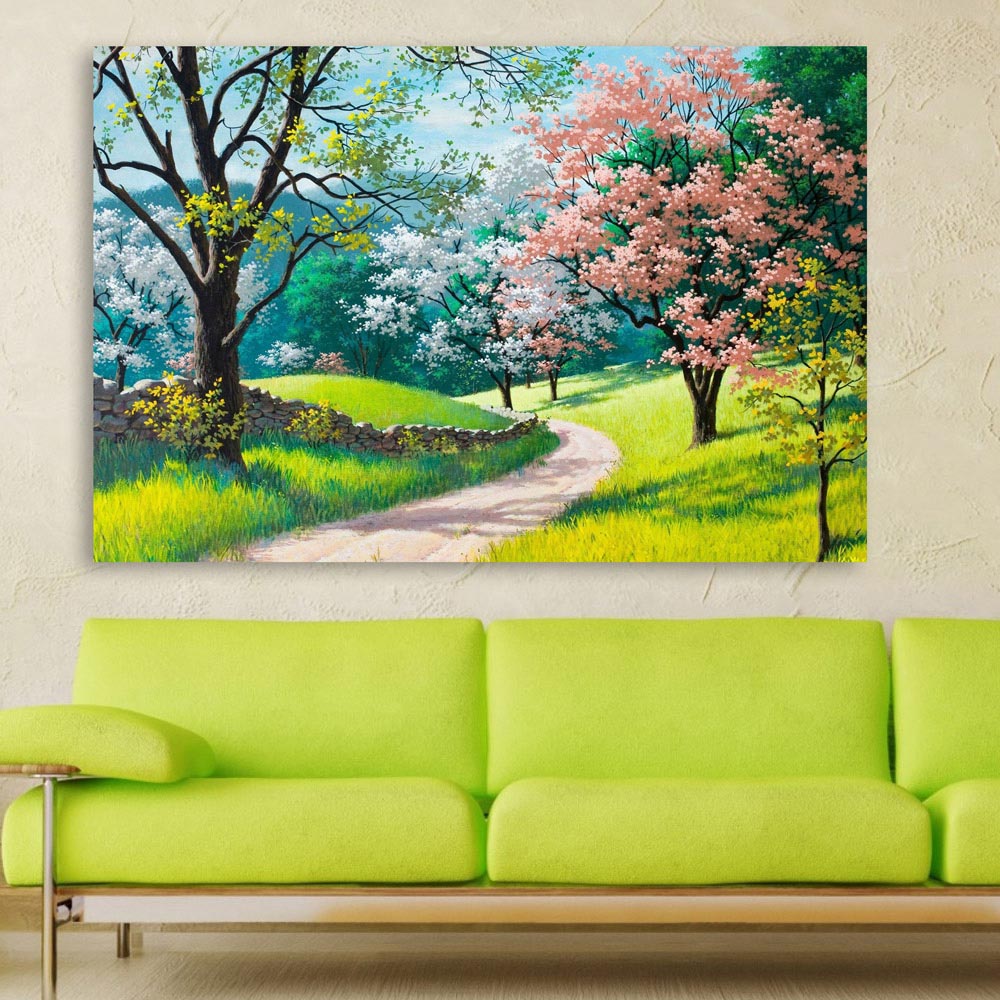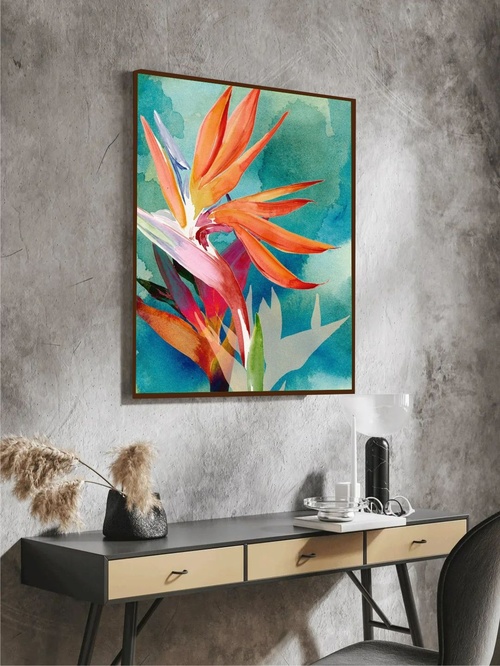News
A Deep Dive into Canvas Painting: Exploring the Art Form’s Aesthetic Appeal and Historical Significance
Art, in its various forms, is an expressive platform that captures emotions, encapsulates experiences, and chronicles human history. In the wide spectrum of artistic mediums, canvas painting holds a distinctive place. It combines the beauty of color and form to create visually compelling stories that linger long in the viewer’s mind. But what exactly is a canvas painting? Let’s delve into this intriguing subject.
Unveiling the Canvas: A Simple Yet Significant Platform
Canvas painting, as the name implies, involves applying paint onto a canvas surface, a medium that has been widely used by artists for centuries. The canvas—a sturdy and versatile fabric typically made of linen or cotton—is stretched tightly over a wooden frame called a stretcher bar. It is then often primed with a material known as gesso to create a smooth, even surface that readily accepts paint.
This simple yet durable platform has the unique ability to bring to life the vivid imagination of artists, resulting in stunning works of art. From abstract art that explores the subconscious to highly detailed realist works, the possibilities with canvas painting are endless.

A Brief History of Canvas Painting
Canvas painting’s history is inextricably intertwined with the evolution of art itself. Although examples of early canvas painting date back to 13th-century China, the medium gained significant traction in Western art during the Renaissance period.
The advent of oil paint—which worked remarkably well on canvas—propelled the popularity of canvas painting. The combination of canvas and oil paint allowed for better color blending, fine details, and the ability to layer, contributing to a new level of depth and dimensionality in artworks. It revolutionized the world of art and gave birth to some of the most iconic paintings, including Leonardo da Vinci’s “Mona Lisa” and Vincent van Gogh’s “Starry Night.”
The Allure of Canvas Painting
But what makes canvas painting so universally appealing? Let’s consider a few points.
Versatility: Canvas is a medium that accommodates a variety of paint types, including oil, acrylic, and watercolor. Each offers a distinct aesthetic and opens up a different world of creative possibilities, enabling artists to express themselves in numerous ways.
Durability: Canvas paintings are built to last. When properly cared for, they can withstand the test of time, even outliving their creators by many centuries. This longevity has enabled us to enjoy and study historic works of art and gain insight into different cultures and eras.
Visual Impact: Canvas paintings, with their varied sizes and the ability to display intricate detail or bold expressions of color and form, carry a striking visual impact. They add aesthetic value and personality to personal and public spaces alike.
Emotional Connection: Art can transcend cultural and linguistic barriers, and canvas painting is no exception. It allows the viewer to connect with the artist’s emotions and experiences, often evoking profound feelings and thoughts.
Canvas painting is much more than merely applying paint to a piece of fabric. It is a powerful form of expression that has shaped and reflected societal and cultural evolution throughout history. Whether you’re an artist, an art enthusiast, or a casual observer, the beauty and significance of canvas painting is indeed something to admire. It’s a reminder that the simple act of brush meeting canvas can create a legacy that resonates for generations.

